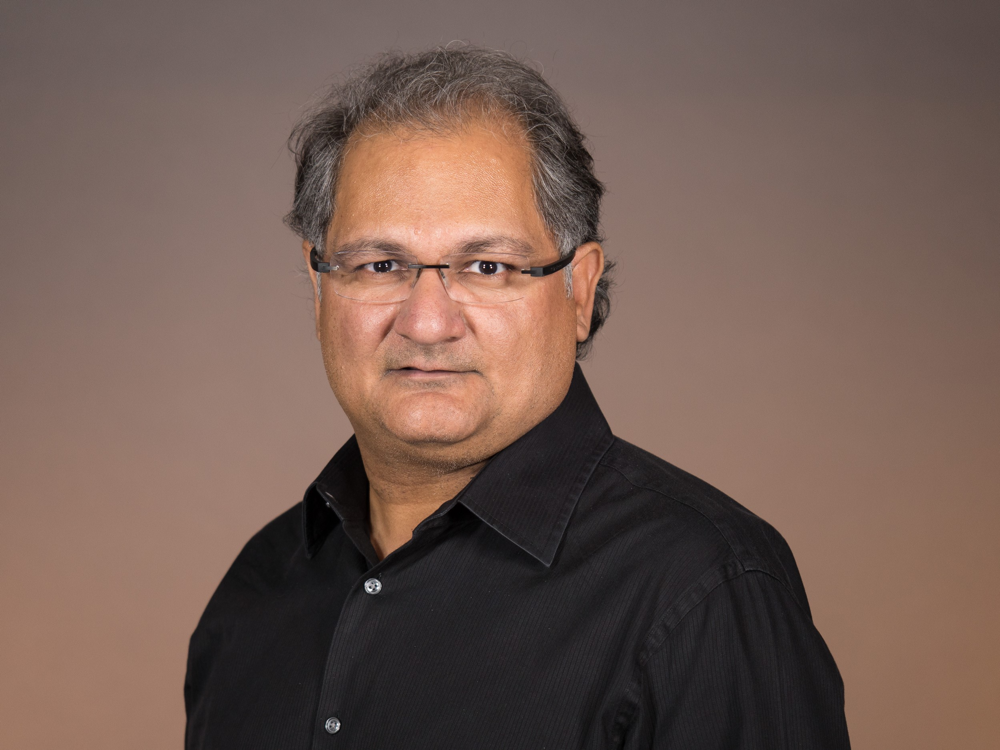Customer experience at the centre of innovation agenda
Innovating is the only way to stay ahead in today’s dynamic marketplace. But in the pursuit of staying ahead, it can be easy to get distracted by shiny new things that, while exciting, don’t benefit your customers.
No matter the industry, customers don’t want to see innovation for the sake of innovation; they want updates and solutions that truly add value and solve problems.
The sheer pace of innovation often causes companies to push ahead without pausing to ask if they are putting their resources in the right place. So how do you decide what to prioritise? Quite simply, by focusing on the customer experience.
Moving from customer need to reality
Giving customers the information they need to make better informed financial decisions, and then giving them the tools to act on those decisions in the moment, whenever and wherever they are, drives Wells Fargo’s innovation agenda. By putting the right processes in place, our work can be driven by what customers tell us they want and need, instead of getting distracted by what we and others might think they want and need. From proof of concept (PoC) to production and beyond, customer feedback is our north star.
While there are a number of ways to collect feedback, we have found a few methods and best practices – including advisory councils and customer or team member innovation labs. Our team holds six to eight advisory councils throughout the year. Hearing about their challenges, pain points, and goals helps us as we develop and deliver new or updated products and services. At these sessions, participants are often given products or prototypes and provide feedback. We watch how they interact with a product to get a sense of how they expect to be able to use it, what they like about a given product, and where an experience may fall short so that we can work to deliver something that meets or exceeds expectations.
Regardless of the method, getting early feedback helps validate pain points and collect feedback that directly influences what we can deliver.
Certainly one of the most effective ways to get to know your customers is to meet them on their turf. Such ethnographic studies provide qualitative insights from field researchers observing how customers use their product or service in their everyday life. To be effective, an ethnographic study must simply be used to observe. Any attempt to sell services or influence findings for your benefit will hinder your ability to focus on what is truly best for the customer. We see this as part of investing in the customer, and it has provided us with the insight we need to ensure any new service fits as seamlessly as possible into customers’ lives.
An example of this is the Ethnography team’s work with R.A. Synder, a property management company. After observing its operations, the team recommended the company expand the use of mobile and online rent payment. Not only did this make rent payments more seamless for tenants, it gave R.A. Synder’s onsite managers more time to help tenants with other needs, rather than sitting in an office doing paperwork.
Creating change from within
While collecting feedback from external customers is important, team members are often full of ideas, whether product-focused or with regard to how their organisation operates. Creating channels for internal feedback can help improve organisation operations and drive new ideas, ultimately benefiting customers.
Team members play a critical role in contributing to how we transform our business. We try to make it easy to share ideas and connect with key business leaders in several ways, including an ideas portal where we crowdsource ideas from employees, as well as an enterprise-wide innovation week where team members can learn about new technologies and generate ideas for new ways to do things.
Additionally, throughout the year we hold hackathons, open to anyone in the company, where team members quickly turn ideas into tangible design. For example, we recently held an accessibility hackathon, with the top place winner working toward voice-assisted technology that would help customers fill out forms.
The new ROI
Innovation isn’t a checklist item – it should be a cornerstone of your business and be grounded in customer experience. As such, research tools and methods that connect the business with customer feedback should be used continuously. That may sound like a huge commitment of resources, but you shouldn’t get stuck on the immediate return on investment. Instead, focus on the return on innovation.
Innovations are cumulative. If a previous product or service didn’t deliver the ROI you had hoped, consider what you learned as an organisation. Whether those learnings came via a usability lab, data analytics, or early access to a new product or service, it is critical to capture the customer feedback. As any successful entrepreneur knows, subsequent growth and development will build on those learnings, and they in turn will help shape improvements to the customer experience. The importance of this incremental improvement to the customer experience cannot be underestimated. When you make things easy for customers you make them happy, and when they are happy they are typically loyal.
New tech, consistent mantra
As we look at 2018 and the innovation that beckons – whether it be APIs, artificial intelligence, biometrics, payments, the distributed ledger, or something else – the challenge of what to focus on and how to develop and deliver new services can seem overwhelming.
What is required is a consistent framework, a lens through which you can evaluate the technologies of today and tomorrow – which is crucial considering the speed with which technology goes from emerging to established. When customer needs and feedback serve as that lens, your innovations will be set to deliver growth and value in the year ahead and beyond.
By Bipin Sahni, head of innovation R&D in the Innovation Group, Wells Fargo












































